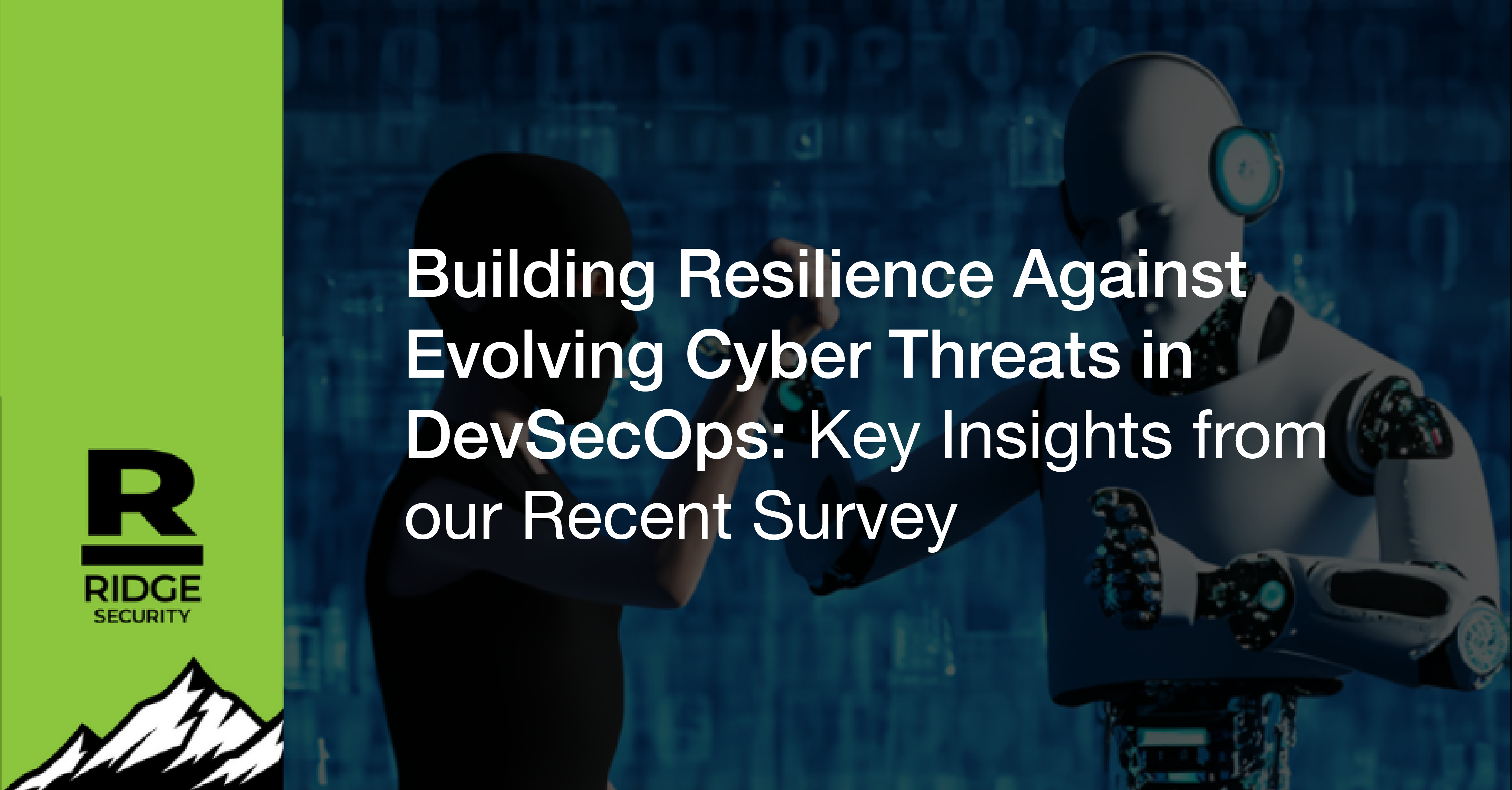In our recent DevSecOps webinar, we gathered valuable insights from 50 respondents representing diverse industries. These results aim to provide interesting information for organizations seeking to enhance their security defenses and build resilience against evolving cyber threats within the DevSecOps framework.
Geographically, the respondents were located across different regions, including North and Latin America, Europe and Asia. The participants consisted of IT professionals, cybersecurity experts, and decision-makers involved in security practices.
Ransomware Attacks: A Persistent Menace
Ransomware attacks have become increasingly sophisticated, exploiting vulnerabilities in software supply chains and compromising critical systems. The survey’s findings confirmed this unfortunate reality, with 38% of respondents admitting to falling victim to a software supply chain attack. These attacks can result in severe consequences, including data breaches, financial loss, and reputational damage.

Adopting a Comprehensive Security Toolset
To fortify their defenses, organizations must incorporate security measures into their Software Development Life Cycle (SDLC). The survey revealed varying levels of adoption for different security tools. While penetration testing emerged as the most utilized tool at 36.48%, it is essential to recognize that a comprehensive approach should include a range of security measures. Interactive Application Security Testing (IAST) and Dynamic Application Security Testing (DAST) accounted for 8.11% and 13.17% of respondents, respectively, while Static Application Security Testing (SAST) stood at 18.24%.

The Power of Automated Security Testing
In the battle against ransomware, organizations must embrace automation to bolster their security practices. Unfortunately, the survey highlighted that only 38% of respondents currently incorporate automated security testing into their SDLC. Automated security testing enables organizations to proactively detect vulnerabilities, ensure continuous monitoring, and accelerate the identification and remediation of security flaws. By reducing human error and increasing efficiency, automation plays a crucial role in mitigating risks and building resilience against ransomware attacks.

The survey asked respondents about their preferred ticketing systems for bug tracking or shift-left security issue tracking. Notably, Jira and Gitlab emerged as popular choices, with 31% and 27% of respondents favoring them, respectively. However, 32% of respondents indicated the use of alternative ticketing systems. Organizations should prioritize flexibility in accommodating diverse workflows while ensuring comprehensive bug tracking and issue management practices to address security concerns effectively.

Ransomware attacks continue to evolve, targeting organizations worldwide and underscoring the importance of proactive cybersecurity measures. These are valuable insights into the prevalence of software supply chain attacks, the importance of adopting a comprehensive security toolset, the power of automated security testing, and the significance of effective bug tracking and issue management.
Enhancing Cybersecurity Defenses with RidgeBot
In the quest for stronger cybersecurity defenses, RidgeBot emerges as a powerful solution. As an AI-powered robotic penetration testing system, RidgeBot automates the testing process using ethical hacking techniques and decision-making algorithms.
By efficiently identifying vulnerabilities, potential entry points, and weaknesses within an organization’s infrastructure, RidgeBot brings efficiency, accuracy, and comprehensive vulnerability assessment to penetration testing. Leveraging this advanced technology, organizations can proactively identify and remediate vulnerabilities, fortify their security posture, and protect themselves against the ever-evolving landscape of cyber threats.
To learn more about RidgeBot, click here.
